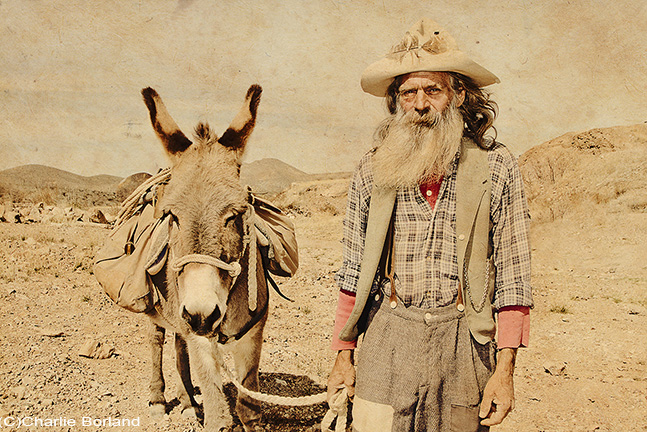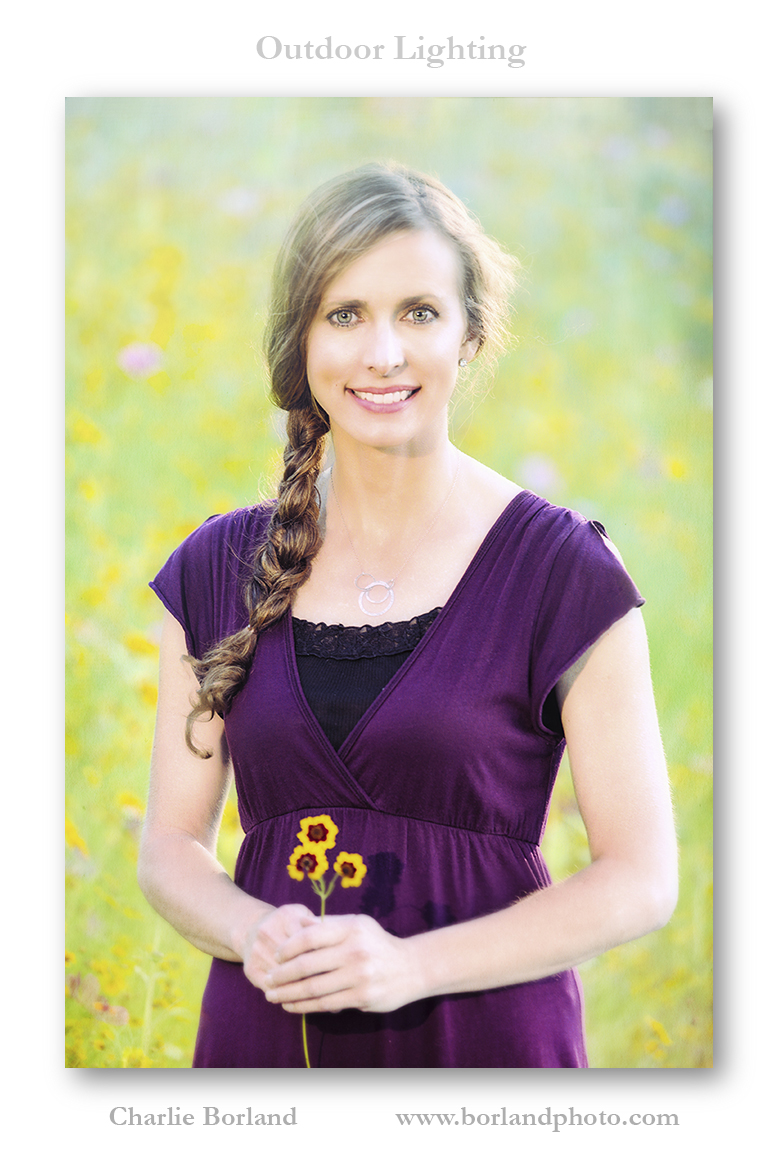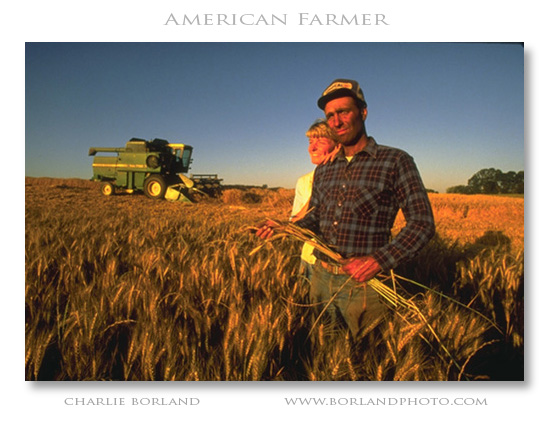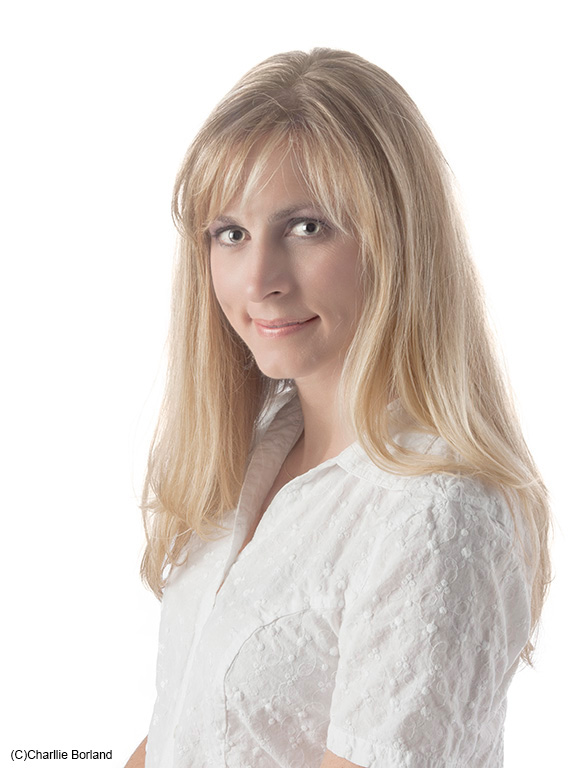This past spring I was enjoying quite a bit of time wandering and photographing the Arizona deserts and mountains. While down in the desert I was stunned when I came across this old miner in the desert with his donkey.
We started talking and I asked what he was doing down here in the middle of nowhere. He told me he was the Lost Dutchman Miner of the infamous Lost Dutchman mine. He continued by telling me that he was truly lost in his attempt to relocate his mine.
I replied that he was a long way from the Superstition Mountains, where history suggests the mine is located. He did not comment obviously fearing if he said anything I might start searching for the mine myself. This got me thinking that the mine might not be in the Superstitions after all.
He asked if I had anything to eat as all he had to eat for sometime was beans and hardtack. I happened to be carrying in my camera bag a crab salad sandwich from Subway and one of my favorite beers: McTarnahan’s from Portland Brewing, and it was still ice cold.
I told him I would give him the sandwich and beer if he posed for a picture and so he did not move as I grabbed this shot. I did use flash fill because the sun was high noon and created the shadows in the eyes.
 He scarfed down the sandwich and guzzled the beer (I don’t think he liked it. Never had a beer like that) then without saying a word, headed off into the sunset so to speak, in search of the Mother Lode. I grabbed my gear and went looking for the mine.
He scarfed down the sandwich and guzzled the beer (I don’t think he liked it. Never had a beer like that) then without saying a word, headed off into the sunset so to speak, in search of the Mother Lode. I grabbed my gear and went looking for the mine.
In Photoshop,








